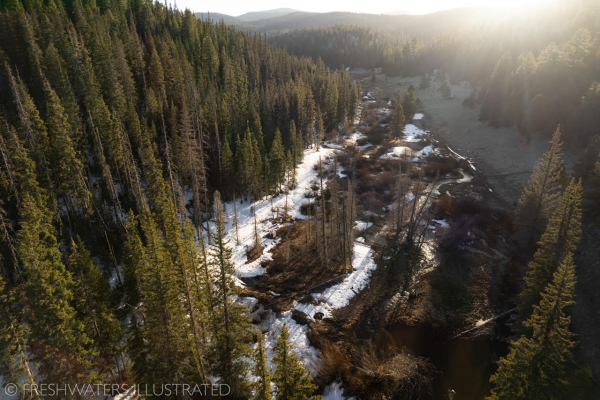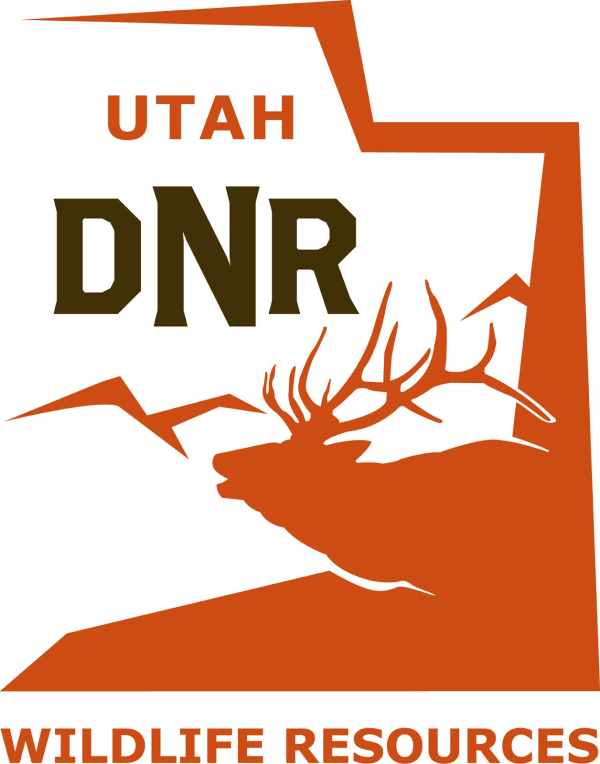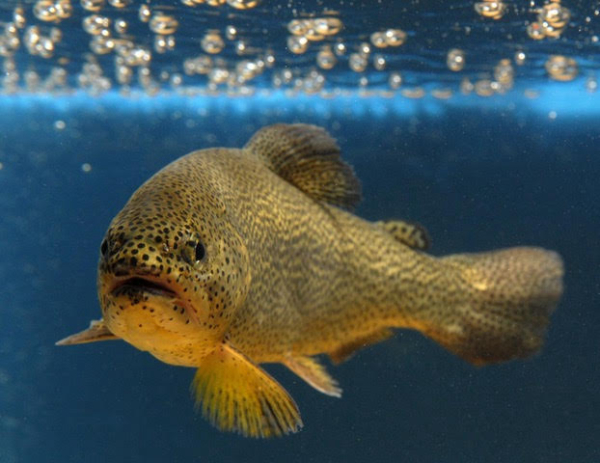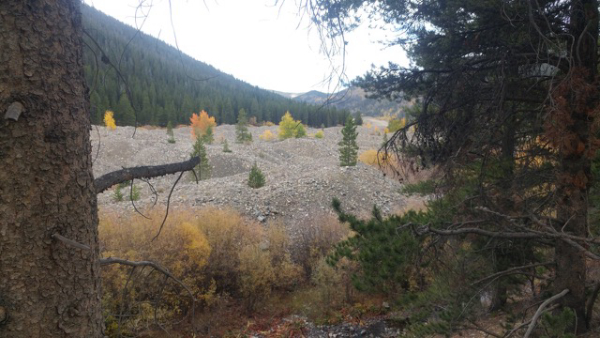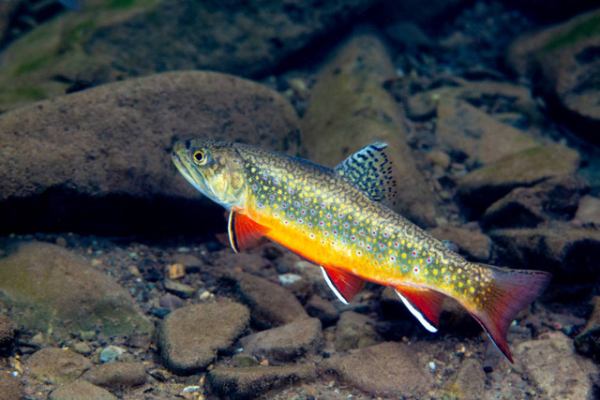Oh, My Hunt!
By Glen Wunderlich
Charter Member Professional Outdoor Media Association (POMA)
Having had a great experience at the Rifle River Recreation Area in Ogemaw County earlier this year, I made sure to reserve a primitive campsite – in fact, the same one used in May – but this time for Michigan’s small game opener plus a bit of fishing. It is a special time of year, because the final two weeks of stream trout fishing is combined with the beginning of hunting season. Another trout breakfast will suit me fine,

Eating Like a King
but how would one locate good habitat for bushytails?
Planning a hunting trip to a new area has never been as exciting as it is today thanks to Mi-HUNT. This eye-opening site is beyond my wildest imagination with its educational offerings that display approximate boundaries of public and private-land hunting. Unlike my county maps I’ve carried with me for decades, Mi-HUNT has up-to-date information on not only roads, trails, recreational facilities, etc., but cover types.
It is the feature of cover types that really separates Mi-HUNT from conventional printed maps. With color-coded features one can locate the following habitat: Aspen, Oak, Upland Deciduous, Upland Conifer, Grass, Shrubs, Crops, Wetlands, Bogs, Lowland Conifers, Lowland Deciduous, Rock, Sand and Soil. That about covers it for Michigan habitat types, but it gets much more interesting – especially for the squirrel hunter in me that requires mature nut trees.
Once oaks are located on the map, actual dates when trees were planted in specific areas can be determined with a click on the “identify” icon. It shows nine levels of growth from low-density saplings to high-density logs along with the year of origin and the total acres involved. (Private property is excluded from this feature.) Can you believe that I’ve located high-density-log oaks planted in the year 1889? Many are dated to the early 1900s, as well, and it all spells bushytails to me.

Oaks, Vintage Mossberg .22 Rimfire and Sub-Sonic Lapua Ammo: a recipe for success.
Once habitat is located on the map, the issue of actually getting to the site can be determined by the extensive mapping of various trail types including hiking, horseback, motorcycle, and ATV and UTV approved.
For those that may require help navigating the site, several YouTube videos are available for reference: quickstart for desktop and laptops, quickstart for mobile users, and showcasing the identify tool – all accessible from the Mi-HUNT site. These videos were updated in 2014 and demonstrate the versatility of accessing detailed information.
Additional features including aerial imagery show roads, lakes, rivers and hybrid imagery. If you are familiar with Google Earth, some aerial photos can hide certain terrain, if the particular photo was taken when leaves were on the trees. However, “leaf off” views are available with another click that shows imagery acquired in 1998 with color-infrared film.
Long ago, when the yellow pages of the phonebook were relatively new, its slogan was “Let your fingers do the walking” and never before has the sage advice become more appropriate than today. I can only wonder what Captain Meriwether Lewis and Lieutenant William Clark would think of such technology, as they followed the stars and mapped their journey across the country.


